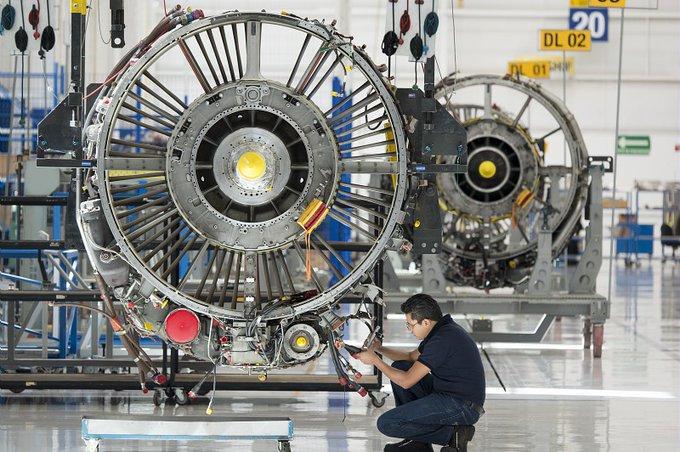Safran Works Through Crisis With Popular Short-Haul Engine, French Government Aid

Few portions of the aftermarket have been hit as hard as engine overhauls, with expensive repairs either completely unnecessary or increasingly replaced by green-time engines when practical. And used engines are now being offered at heavy discounts, according to a recent IBA webinar.
Narrowbody favorite CFM56s have dropped 12% in value and would have dropped even more without the recovery of demand in China, IBA says. Newer LEAP engines have declined in value only 2-4%.
Overall, 2020 engine shop visits have dropped by up to 70% from 2019 levels, and IBA predicts they will not return to 2019 levels until 2024.
Shop visits for widely used CFM56s have been hit hard, but not as hard as for some other engines, especially widebody engines. At the height of the pandemic in April 2020, CFM56s used on Boeing 737NGs that were grounded peaked at over 8,000. By August, that count had dropped to just 2,850.
OEM, MRO and part supplier Safran Aircraft Engines announced a drop in sales for its commercial engine support business in its first-half results, due to a decrease in spare-parts sales for CFM56s and, to a lesser extent, in its MRO business.
“Decrease in the civil aftermarket is estimated at around 50% for full year 2020,” says spokesperson Charles Soret. “Our activity is at this stage in line with our forecasts.” That’s bad, but not as bad as it could be.
Any recovery in demand depends entirely on travel restrictions being lifted and passengers’ renewed confidence in air travel. Safran continues to track traffic trends to assess customer MRO requirements in coming months.
According to current forecasts, Safran expects it will take three to five years before a return to 2019 levels.
But the recovery trend is uneven among regions. Soret says China and Russia are now at almost the same level as in 2019, while recovery is much more partial in Europe and Americas.
“Overall, short and medium-haul traffic is recovering faster than long-haul traffic.” He notes that the young age of the CFM56 fleet will eventually offer significant shop visit opportunities for years to come.
The company continues to adapt to these challenges. For instance, Safran has just signed a long-term, short-time working agreement with the French government so it can adapt to the lower workload due to the COVID-19 pandemic, while maintaining jobs and the necessary skills in France to support business recovery when it comes.
Under this agreement, the French government uses public funds to cover a portion of furloughed employees’ salaries while they are not working. Safran was one of the first French companies to sign such a long-term agreement.
However, Safran is a global enterprise and has facilities around the world. In countries without arrangements of this sort, it has had to implement layoffs to offset the significant decreases in business. These cuts have helped to keep all Safran engine MRO facilities operational, with workloads depending on local customer demands.
